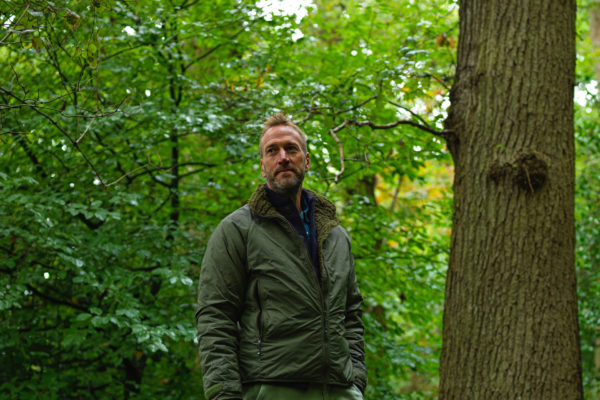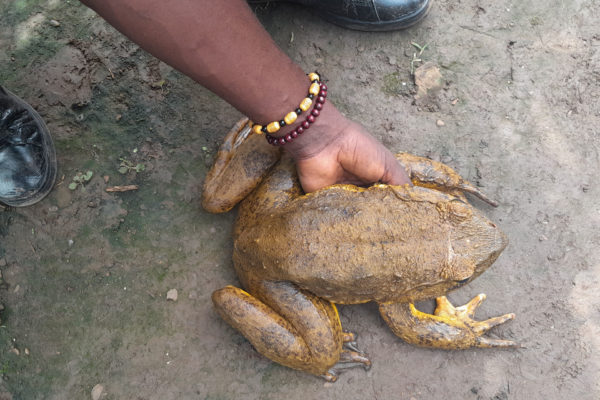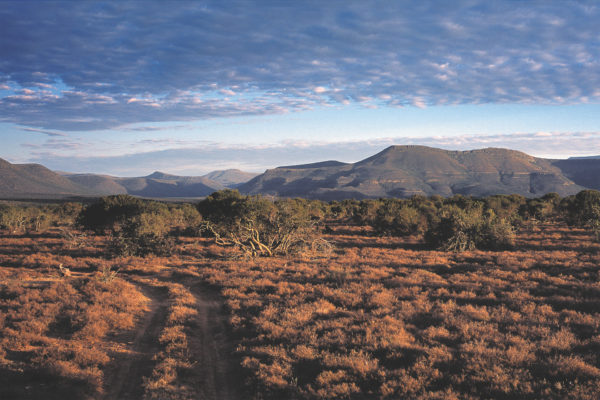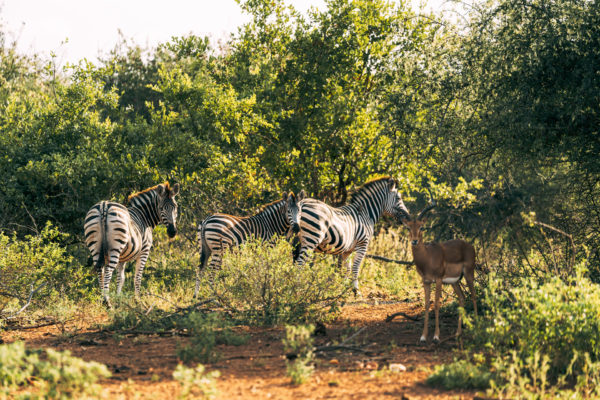Giving a Dam: Why Beavers Are in the Spotlight
By
2 years ago
The beaver has reached biodiversity superstar status
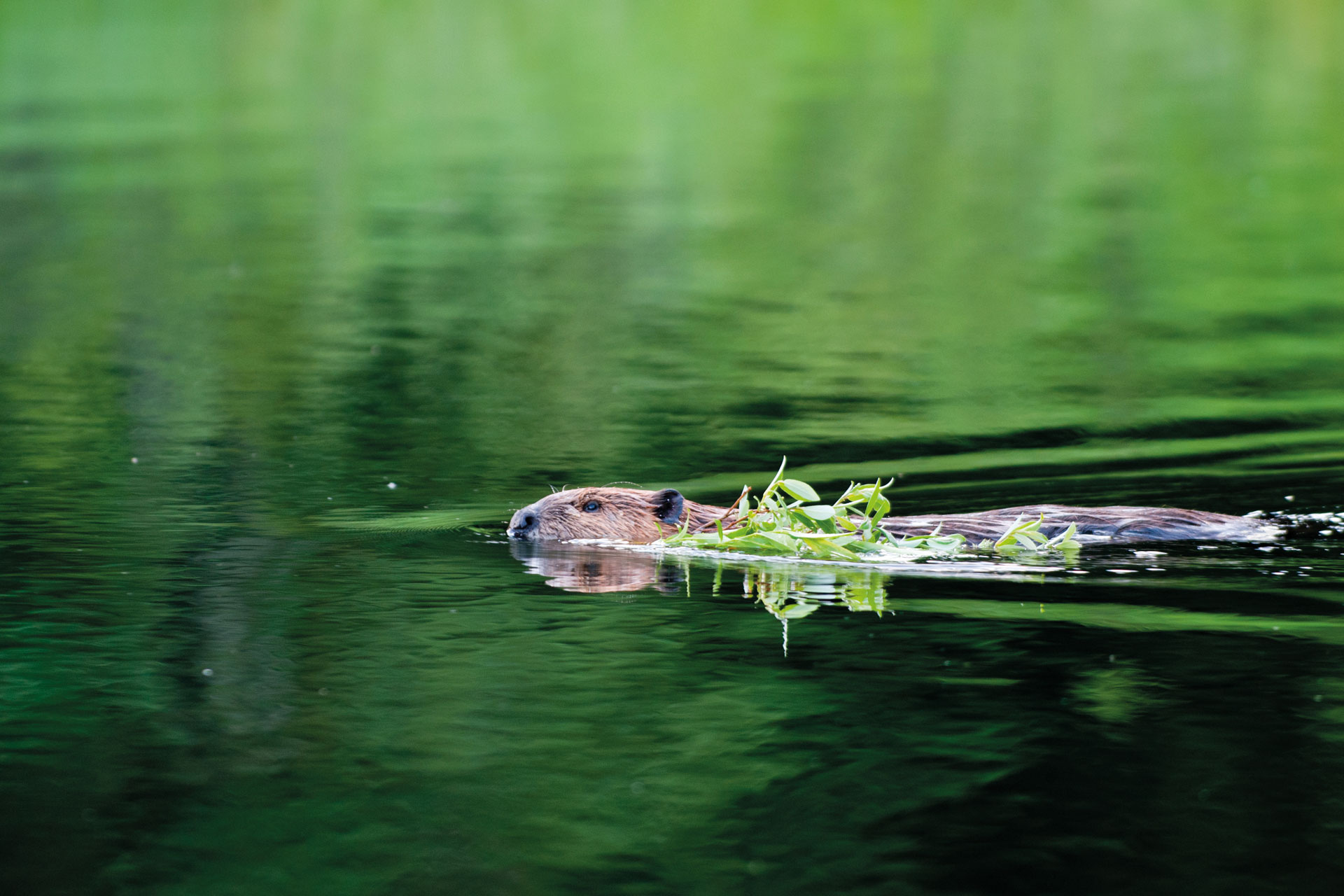
Since October 2022, beavers have been legally protected in the UK, making it an offence to kill, harm or disturb them without a licence. The decision came after a long-standing fight from a visionary group of landowners, which Lucy Cleland wrote about in 2021. Following the nation’s latest beaver development – that London’s first baby beaver has been born in 400 years, following the wood-chewing rodents being reintroduced to London in a rewilding attempt – we revisit Lucy’s encounter with these ‘large, orange-toothed rodents’.
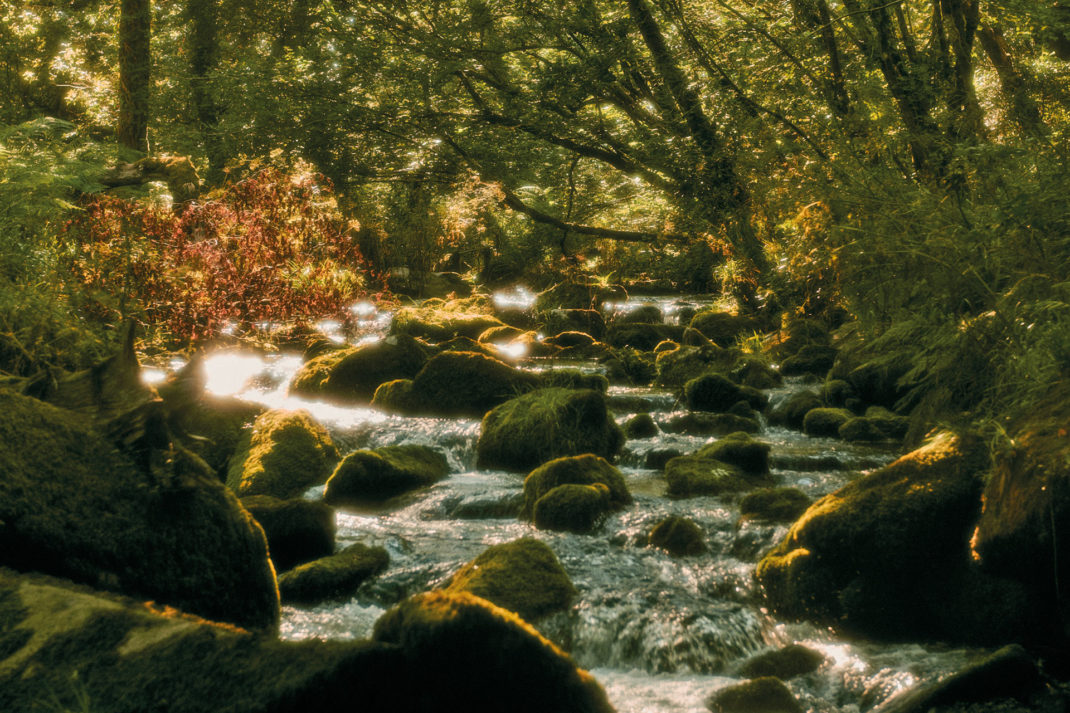
Image credit: Cabilla Cornwall
Giving A Dam: Why Beavers Are In The Spotlight
You could have heard a pin drop, but instead it was the sluicing of a 30-kilogram mother beaver as she dove Tom Daley-like back into the water. It is 7am and I am standing in the mizzly Cornish dawn on a gnarly tree stump waiting for my first glimpse of a native creature that was once prolific on our isles – until 400 years ago. Like other large indigenous mammals, such as wolves, bear, lynx and wildcat, beavers were hunted to extinction in Britain – mostly for their pelts (their fur is extremely thick, malleable and long-lasting), but also for castoreum, a substance excreted from their bottoms that was long used in perfume-making by houses such as Givenchy and Chanel. The milking of this pungent substance would kill the animal.
But there is a movement afoot not only to bring back the beaver (on the quiet, Chris Jones, co-founder of Beaver Trust, thinks there are already possibly around 1,500 creatures in our river systems already – mostly the descendants of escapees from official beaver reintroduction projects), but to accelerate this programme, all in the name of habitat restoration and climate change. And I’m here to find out why this large, orange-toothed rodent has gathered such a cult following and is being hailed as a biodiversity superstar.
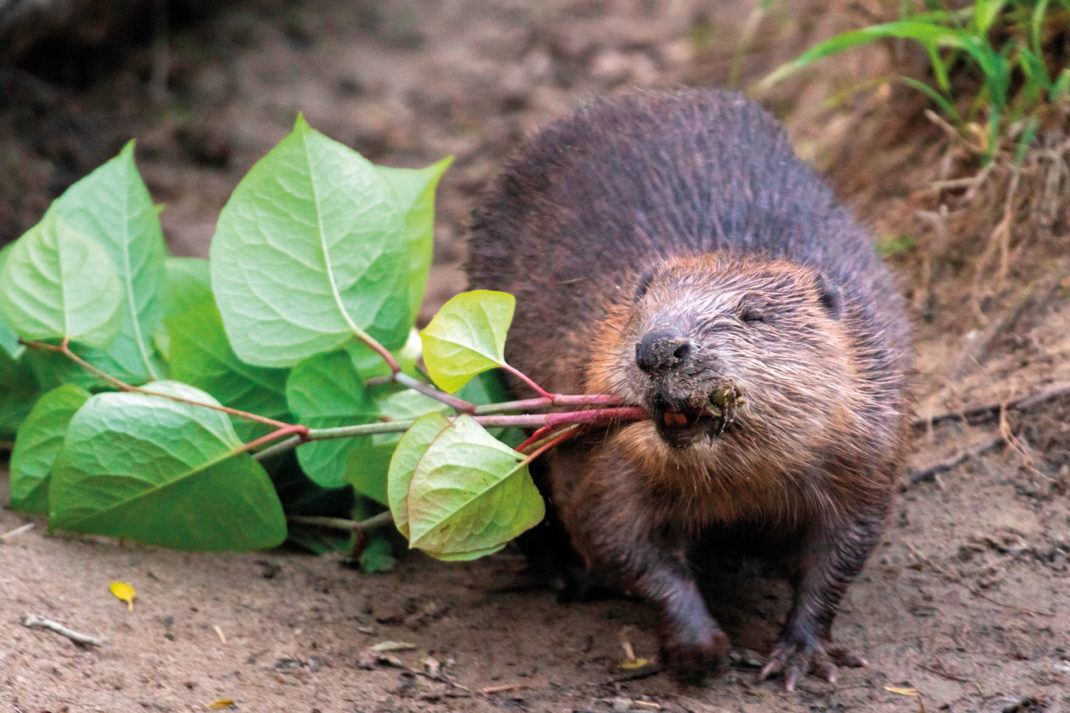
Beaver dragging Japanese Knotweed, Image: Elliot McCandless
Chris Jones is also a farmer in Ladock, Cornwall. It’s a proper working livestock farm too, with 170 acres and a herd of 25 Hereford-cross dairy cows, so he’s not your obvious beaver advocate (most of the vocal opposition to the species’ reintroduction comes from farmers and fishermen). Chris’s farm has been organic since 2003 and he adheres to practices that promote carbon sequestration (he stopped growing arable crops entirely), improvement of soil health and enhancement of biodiversity. And, for the past four years, he’s been the proud owner of a family of beavers that are changing the environment for the better – and wetter.
‘In 2012,’ he explains, as we tuck into beaver-themed homemade chocolate cake and tea, ‘our local village flooded twice in the space of a month. In 2013, it came very close to doing so again. And I thought, “How can we hold more water on our land”?’ The biggest bang for his buck, he discovered, was the beaver, whose main mission in life is to create wetlands.
Chris talks urgently about our need to actively engage in the climate crisis. He’s despondent about the fact that the UK has lost 50 per cent of its wildlife, including keystone species (an organism that helps define an entire ecosystem, of which the beaver is just one example), that our country is the most nature-depleted in Europe, and that every single one of our rivers is polluted. While he realises that a beaver can’t solve all our problems, he’s adamant that they can significantly help.
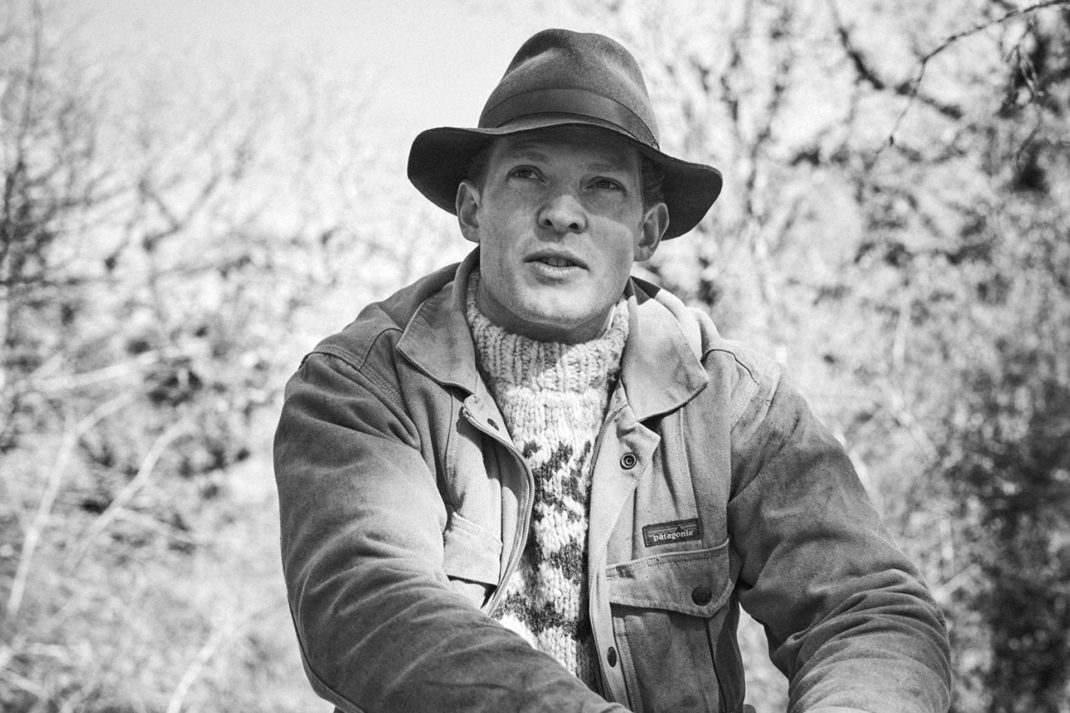
Image: Cabilla Cornwall, credit: Bex Aston
And it’s not just cute talk. The economics work too. ‘In 2015, UK flooding cost the economy £5 billion,’ he says, ‘and flooding will continue to be a huge problem, as will the cost of drought and wildfires in our national parks.’ Finding solutions to this has more than a few government ministers losing sleep at night – but one piece that fits the puzzle is the beaver.
‘Put a beaver into a place and it’s like putting petrol on a bonfire in terms of biodiversity,’ Chris continues. He shows us slides of his own beaver enclosure (currently he’s legally obliged to keep them fenced in), revealing how the landscape has entirely altered over the past four years, with water increasing by around 20 per cent. And the penny finally drops for me, that these clever, industrious creatures are recreating the wetlands we’ve all but destroyed – at pace.
Wetlands mean biodiversity (since his own beavers arrived, Chris has recorded an increase in birds, fish, mammals, amphibians and invertebrates, including 17 different species of dragonfly and 11 of bat); they mean a natural system to slow water down (crucial when it comes to potential flood damage); they provide a firebreak, they sequester carbon, and they improve water quality because the beaver dams filter silt and sediment. Really, what’s not to love?
There is opposition, naturally, to anything that requires consensus from a range of stakeholders with differing motives. Some myths can be easily destroyed, though. Beavers, for example, do not eat fish, they’re strictly vegetarian. ‘I’ve actually seen bigger trout since the beavers came,’ says Chris, because they create patches of habitat in which fish can spawn. Nor does a dam stop the fish getting past, since they either swim round, or through it. Besides, points out James Wallace, CEO and co-founder of Beaver Trust, you just need to look to Norway, where beaver, salmon and trout have co-existed happily for centuries,’ ( just like they used to here). ‘You could hardly accuse them of having a fishing problem.’
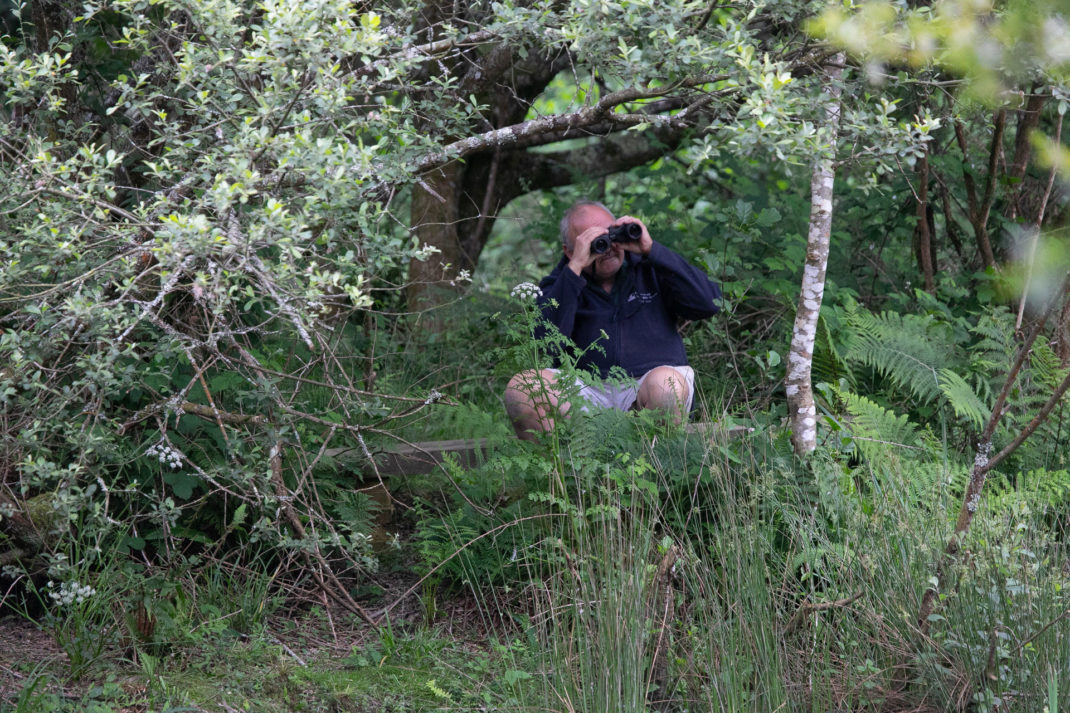
Chris Jones. Image: Nina Constable
For farmers, the issues are infinitely more real. Beavers flood land and coppice trees, sometimes killing them. If a beaver makes a lodge where you’re farming very flat land – such as in the Tay Valley in Scotland, where the river is backed up behind high banks – you could be looking at acres being flooded. If that land is for crops, the financial loss for the farmer is enormous.
Which is why, say Merlin and Lizzie Hanbury-Tenison, who last year introduced their own pair of beavers onto their 300-acre farm on Bodmin Moor (about 45 minutes away from Chris’s), it’s important to engage everyone – the conservationist, the farmer, the politician and the community – and carry them with you on the beaver journey. Defra is due to file the results of an in-depth beaver consultation in early 2022, answering questions of licences, cost, grants and enclosures; it could be a game-changer in terms of an accelerated reintroduction programme. Chris, Merlin and James are waiting with bated breath, but given Boris’s enthusiasm for beavers during the recent Conservative Party Conference, it looks like a slam dunk.
Another recent win for the Beaver Trust was the announcement by Defra Minister Lord Goldsmith that over 3,000 hectares of new woodlands are set to be planted along England’s rivers and watercourses in the first partnership of its kind with NGOs: Beaver Trust, National Trust, Rivers Trust and Woodland Trust. This means farmers will be paid to plant and manage trees along rivers – paving the way for a more critical role for our beaver friends by incentivising land managers to give them space to help restore our rivers and wildlife.
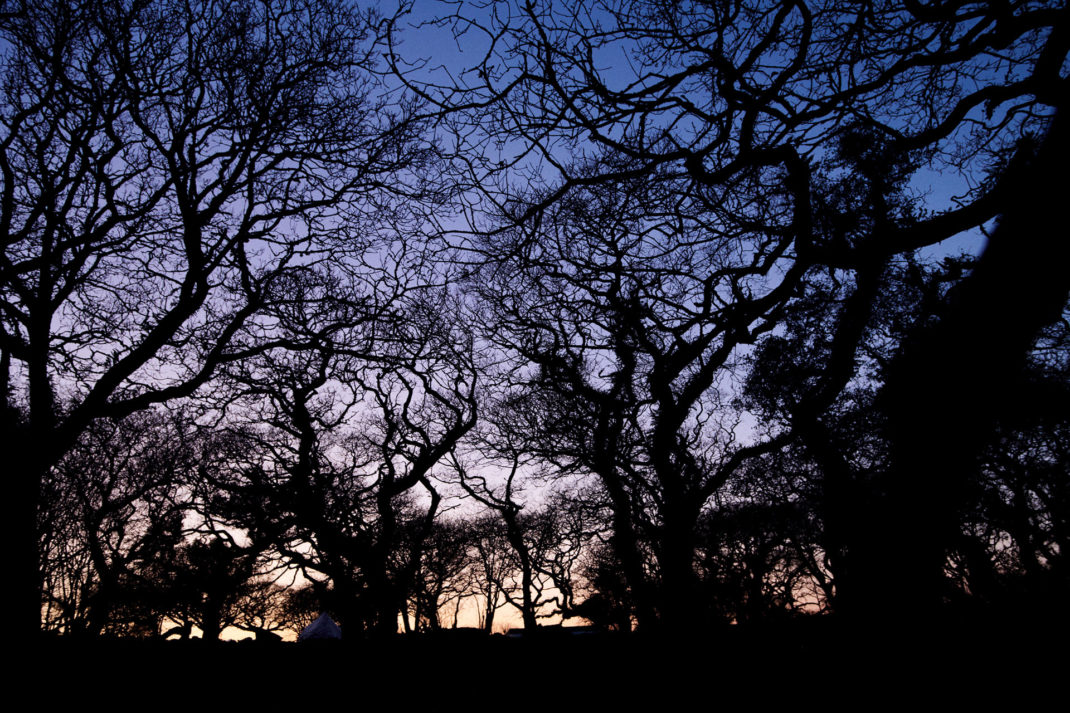
Image: Cabilla Cornwall
Beavers, though, are just part of an ambitious thousand-year restoration and conservation plan that Merlin, a former soldier and youngest son of explorer Robin Hanbury-Tenison, has created for his home, Cabilla. His land boasts some of the last remaining temperate rainforest in the UK and, tree by tree, his vision is to restore the entire land back to its original forest state. It is an extraordinary privilege to see at first-hand some of the real work going on to help safeguard our future countryside – allowing us to live again in harmony with nature, not as its lord and master. The creativity, kindness, bravery and vision of some of our 21st-century landowners in turning their own privilege and short-term profit over for the greater good is inspiring. And it’s open for all to see. Both Chris and Merlin work widely in their communities to bring children and students to observe and study what they’re doing on the land. If they’re lucky, they might get to see their newest river residents too.




